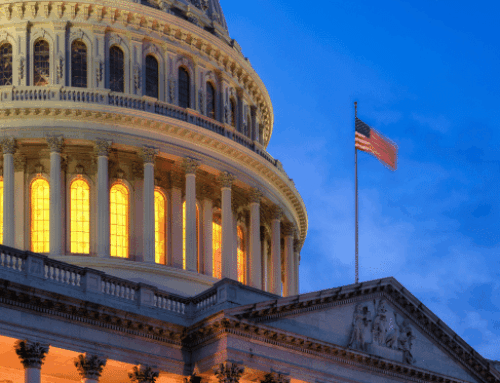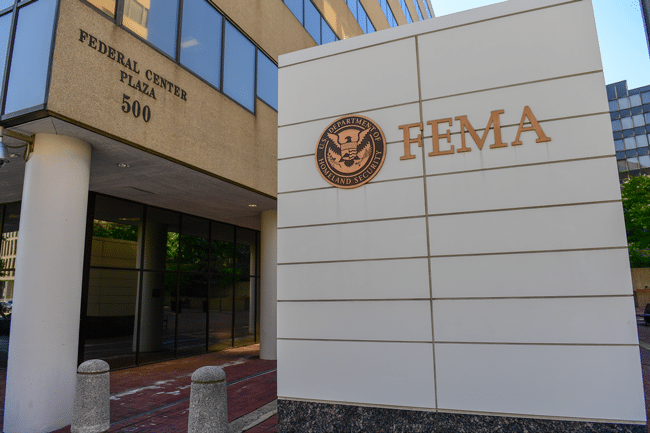Congress has once again failed at two of its most basic functions: appropriating funds, and representing the interests of the American people. After lawmakers failed to come to an agreement on the terms of a Continuing Resolution to keep the government funded at the previous year’s enacted levels, the federal government shut down on Wednesday morning at 12:01 AM.
While federal agencies worked with the Office of Management and Budget to formalize plans for furloughs and, at OMB’s unprecedented instruction, Reductions in Force (RIFs, also known as firings), our staff are reporting that some of their friends who work for federal agencies weren’t sure whether or not they were expected to show up for work Wednesday morning.
Shutdown plans lacking sufficient clarity or consistency across agencies is nothing particularly new, and whether Jim Bob showed up for work at the Justice Department or Jane Smith showed up at FEMA (two real examples of agencies where workers lacked clarity) may not be top of mind for most Americans. What should be top of mind, however, are the economic impacts of a shutdown. In 2013, a 16-day government shutdown cost the economy $24 billion, or $1.5 billion per day. In 2018, a government shutdown cost the economy another $11 billion.
Of course, federal workers spend money like everyone else, and not just in D.C. As of March 2024, more than 80 percent of federal workers worked outside the D.C. area, contributing to the economies of every state in the union. After this year’s early retirements and DOGE dismissals, the percentage of feds outside the DC area is likely higher. Now, the rumblings are the administration will use the shutdown as an opportunity for additional firings in federal agencies and programs it doesn’t care for. If so, the economic impacts of a shutdown will likely punch harder, as workers subject to RIFs won’t be counting on the back pay guaranteed to furloughed workers in the Government Employee Fair Treatment Act of 2019. Fearing for their futures in an uncertain job market, most fired workers will be cutting back on spending, which means deeper economic losses could be coming.
As usual in a shutdown, certain government services will cease to function, from passport renewals to FDA health and safety inspections, to the upkeep of national park bathrooms. Discussing the impacts of the shutdown, House Speaker Mike Johnson (R-LA) acknowledged that it will be “very damaging for real American people who depend upon government services.” But despite the economic ramifications, he also celebrated the use of the shutdown to fire federal workers as “an opportunity to downsize the scope and the scale of government, which is something that we’ve all always wanted to do.”
The problems with using a shutdown to fire federal workers don’t end with the additional damage it could do to the economy. For one, some federal agencies are already struggling to carry out basic functions thanks to DOGE’s chainsaw, In fact, agencies like GSA have already begun trying to rehire staff they let go earlier this year. Those struggles will only deepen with further firings. The IRS, for instance, has already suffered a 25 percent reduction in staff and warned in June that “staffing cuts could jeopardize the success of next year’s filing season.” More RIFs would mean longer wait times for taxpayers who call with questions, slower responses to inquiries, and delays in processing refunds—costs that fall on families and small businesses.
If the administration fires federal workers during a government shutdown, then once funding is restored, unless the administration rehires all the workers it fired, it will have effectively impounded funds intended to pay the salaries of positions that no longer exist. This is likely a violation of existing federal law and runs afoul of Congress’s constitutional power of the purse. It is definitely something that will bring lawsuits, uncertainty, and additional disruptions.
Whatever happens in the courts, it’s up to Congress to end this shutdown as soon as possible. That means both parties must be willing to compromise. Of course, the specifics of such a compromise matter. But until those specifics are ironed out, taxpayers will continue to bear the costs of the most dysfunctional budget process any of us has ever lived through.
- Photo by Bia Frenkel on Unsplash








